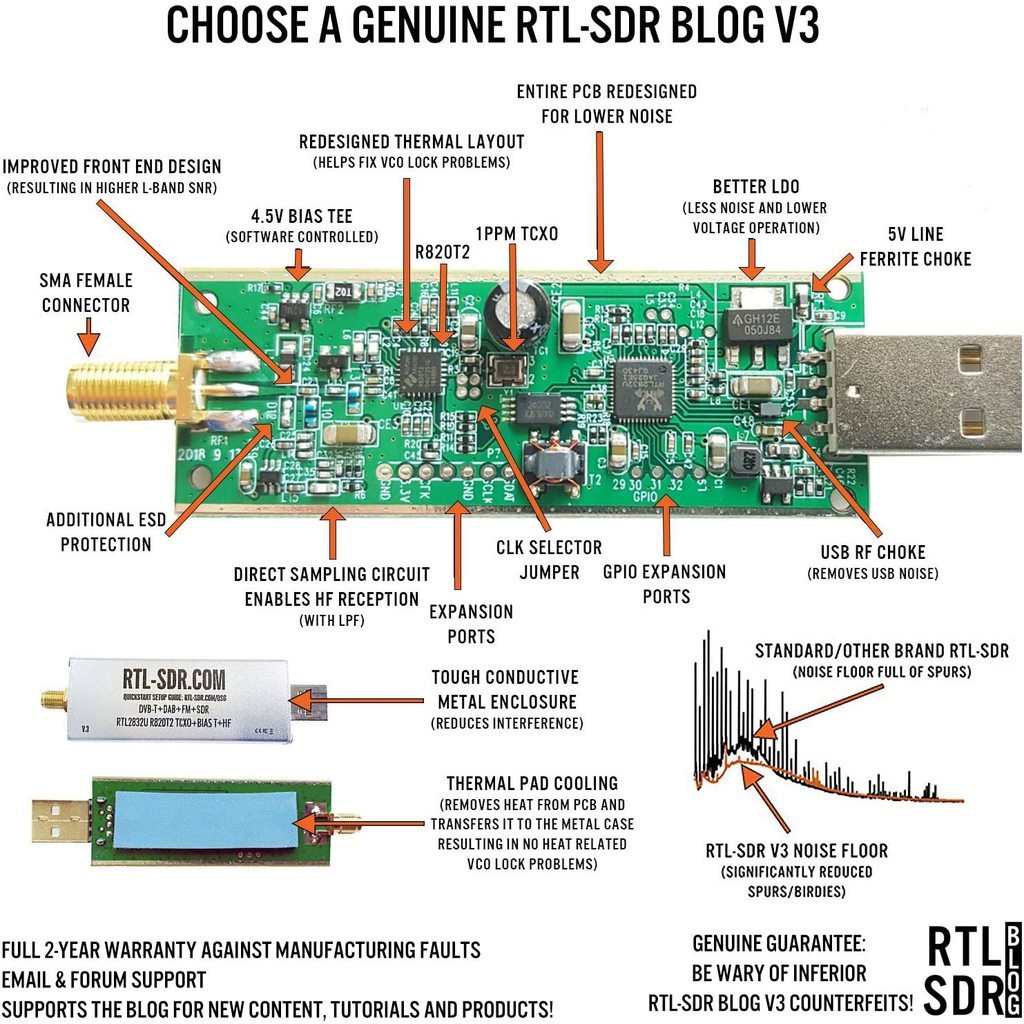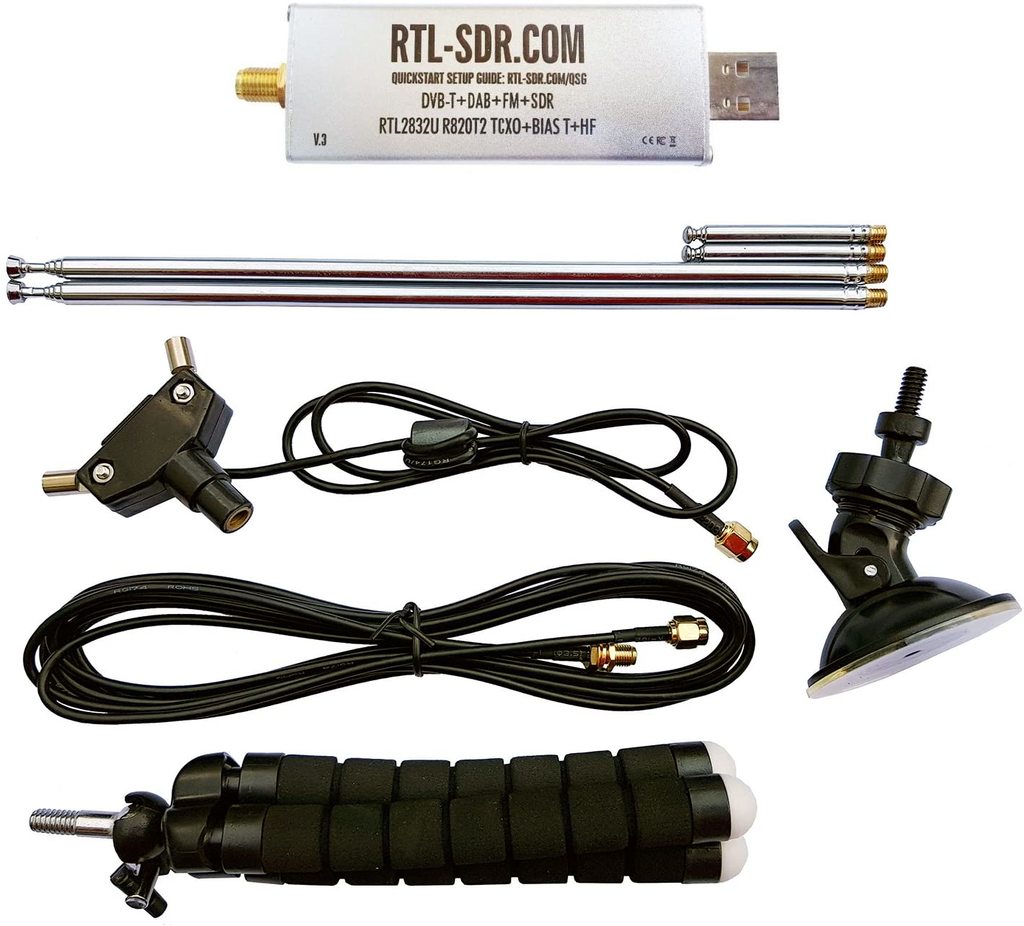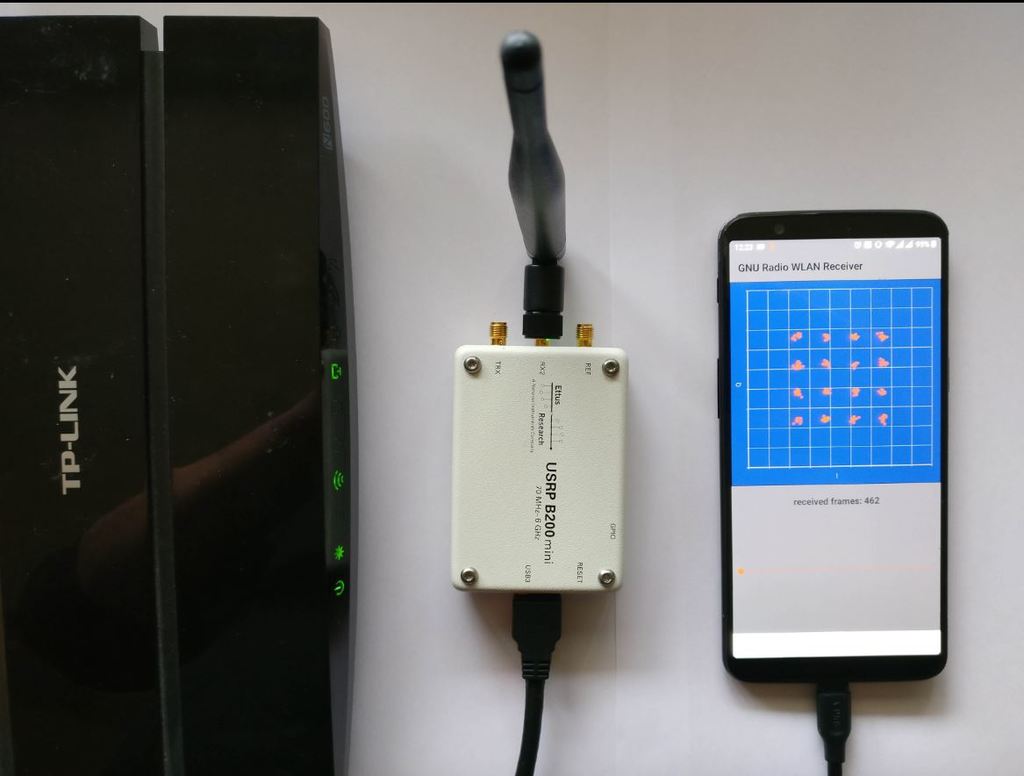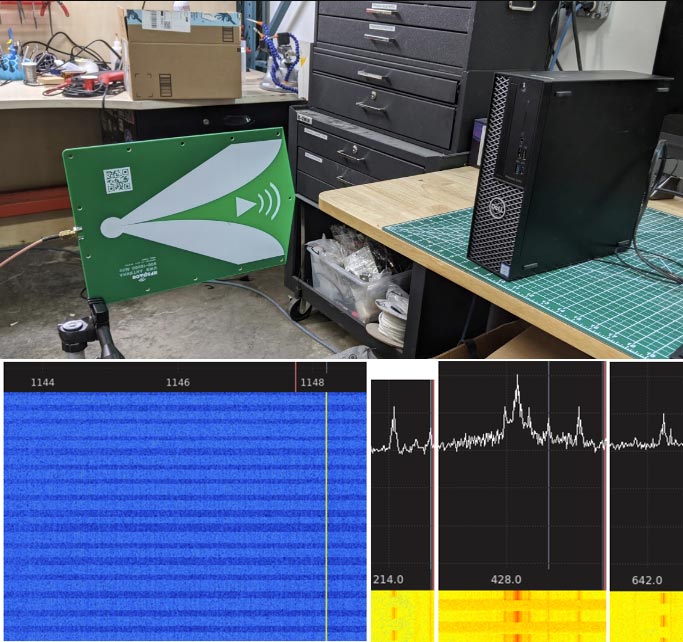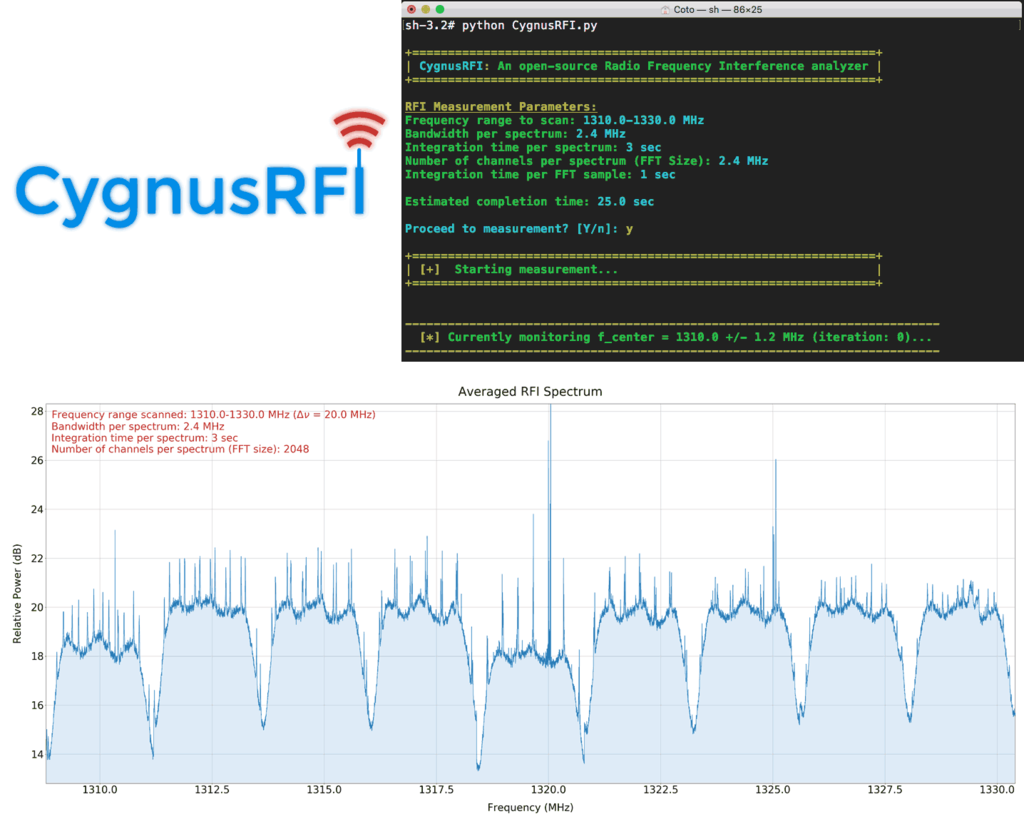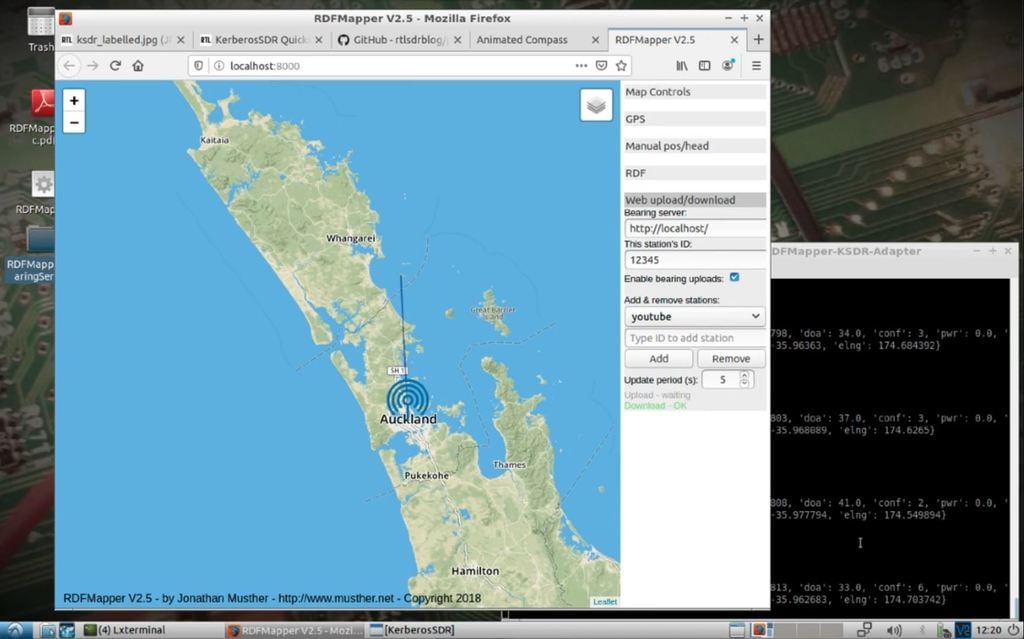GNU Radio TEMPEST Implementation Now Available
TEMPEST refers to a technique that is used to eavesdrop on electronic equipment via their unintentional radio emissions (as well as via sounds and vibrations). All electronics emit some sort of unintentional RF signals, and by capturing and processing those signals some data can be recovered. For example the unintentional signals from a computer screen can be captured, and converted back into a live image of what the screen is displaying.
Until recently we have relied on an open source program by Martin Marinov called TempestSDR which has allowed RTL-SDR and other SDR owners perform interesting TEMPEST experiments with computer and TV monitors. We have a tutorial and demo on TempestSDR available on a previous post of ours. However, TempestSDR has always been a little difficult to set up and use.
More recently a GNU Radio re-implementation of TempestSDR called gr-tempest has been released. Currently the implementation requires the older GNU Radio 3.7, but they note that a 3.8 compatible version is on the way.
The GNU Radio implementation is a good starting point for further experimentation, and we hope to see more developments in the future. They request that the GitHub repo be starred as it will help them get funding for future work on the project.
The creators have also released a video shown below that demonstrates the code with some recorded data. They have also released the recorded data, with links available on the GitHub. It's not clear which SDR they used, but we assume they used a wide bandwidth SDR as the recovered image is quite clear.

